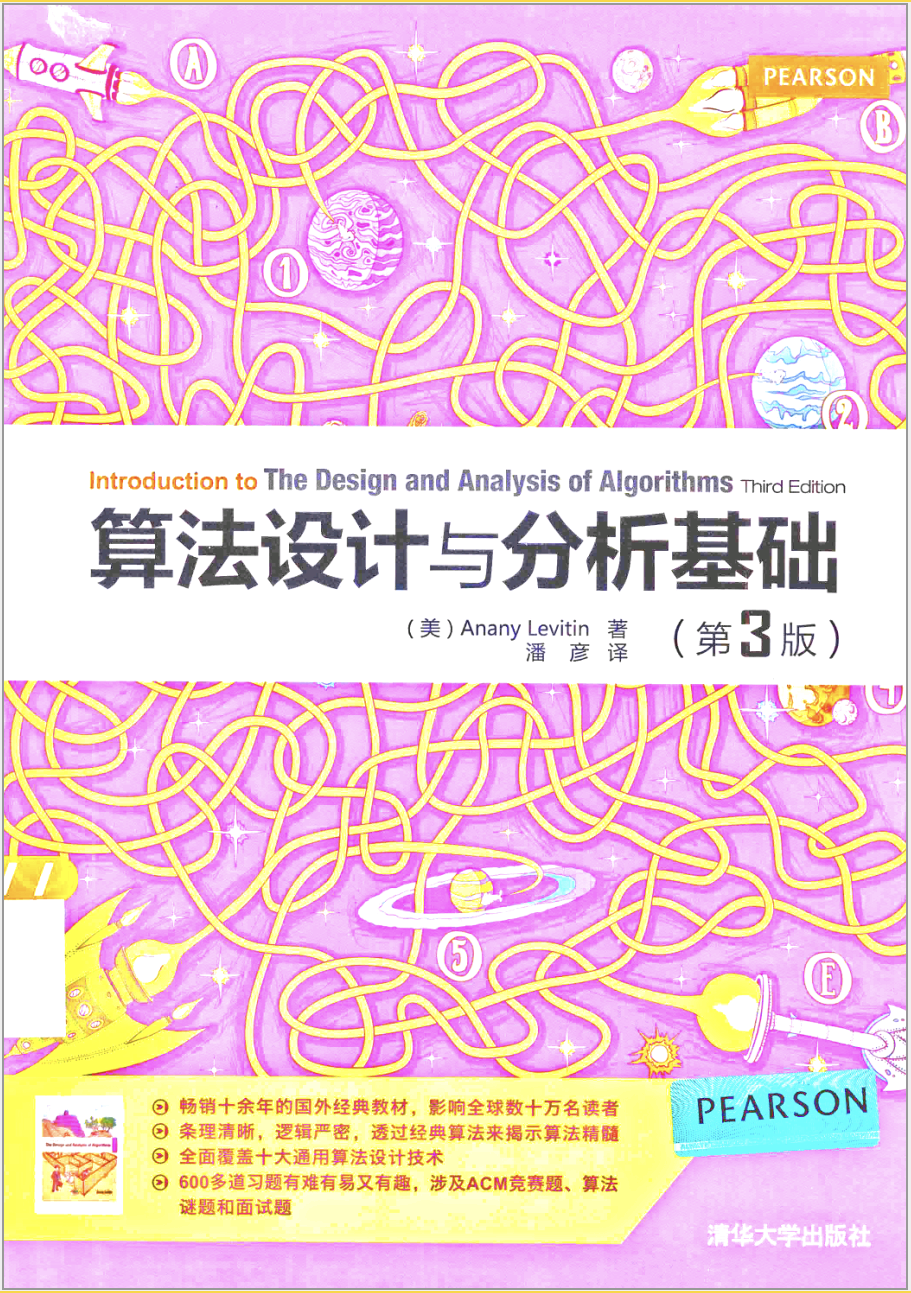Prim算法
Prim算法是一种用于寻找加权连通图的最小生成树(MST)的贪心算法。该算法从任意一个顶点开始,逐步将最近的未访问过的顶点添加到正在构建的最小生成树中,直到所有顶点都被包含在内。
代码实现
1
2
3
4
5
6
7
8
9
10
11
12
13
14
15
16
17
18
19
20
21
22
23
24
25
26
27
28
29
30
31
32
33
34
35
36
37
38
39
40
41
42
43
44
45
46
47
48
49
50
51
52
53
54
55
56
57
58
59
60
61
62
63
64
65
66
67
68
69
70
71
72
73
74
75
76
77
78
79
80
81
82
83
84
85
| #include <iostream>
#include <vector>
#include <queue>
#include <climits>
using namespace std;
const int MAX = 100;
int graph[MAX][MAX];
bool visited[MAX];
int parent[MAX];
int key[MAX];
int V;
void updateKeys(int u) {
for (int v = 0; v < V; ++v) {
if (graph[u][v] && !visited[v]) {
if (graph[u][v] < key[v]) {
parent[v] = u;
key[v] = graph[u][v];
}
}
}
}
int findMinKeyVertex() {
int minKey = INT_MAX, minVertex = -1;
for (int v = 0; v < V; ++v) {
if (!visited[v] && key[v] < minKey) {
minKey = key[v];
minVertex = v;
}
}
return minVertex;
}
void primMST() {
for (int i = 0; i < V; ++i) {
key[i] = INT_MAX;
parent[i] = -1;
visited[i] = false;
}
int startVertex = 0;
key[startVertex] = 0;
for (int count = 0; count < V - 1; ++count) {
int u = findMinKeyVertex();
visited[u] = true;
updateKeys(u);
}
cout << "Edge \tWeight\n";
for (int i = 1; i < V; ++i) {
cout << parent[i] << " - " << i << "\t" << graph[i][parent[i]] << endl;
}
}
int main() {
V = 5;
memset(graph, 0, sizeof(graph));
graph[0][1] = 2; graph[1][0] = 2;
graph[0][3] = 6; graph[3][0] = 6;
graph[1][2] = 3; graph[2][1] = 3;
graph[1][3] = 8; graph[3][1] = 8;
graph[1][4] = 5; graph[4][1] = 5;
graph[2][4] = 7; graph[4][2] = 7;
primMST();
return 0;
}
|
primMST() 函数实现了Prim算法的核心逻辑,它首先选择一个起点并将它的key值设置为0,然后通过循环不断选择最小key值的未访问节点,并更新与之相连的所有节点的key值。最后,程序输出最小生成树中每条边的信息及对应的权重。
Kruskal算法
Kruskal算法是另一种常用的求解加权连通图最小生成树(MST)的算法。与Prim算法不同的是,Kruskal算法关注的是边而不是顶点。它通过按权重顺序选择边来构建MST,同时确保不会形成环路。
代码实现
1
2
3
4
5
6
7
8
9
10
11
12
13
14
15
16
17
18
19
20
21
22
23
24
25
26
27
28
29
30
31
32
33
34
35
36
37
38
39
40
41
42
43
44
45
46
47
48
49
50
51
52
53
54
55
56
57
58
59
60
61
62
63
64
65
66
67
68
69
70
71
72
73
74
75
76
77
78
| #include <iostream>
#include <vector>
#include <algorithm>
using namespace std;
struct Edge {
int src, dest, weight;
};
struct Graph {
int V, E;
vector<Edge> edges;
};
int find(vector<int>& subsets, int i) {
if (subsets[i] == i)
return i;
return find(subsets, subsets[i]);
}
void Union(vector<int>& subsets, int x, int y) {
int xroot = find(subsets, x);
int yroot = find(subsets, y);
subsets[xroot] = yroot;
}
bool compare(Edge e1, Edge e2) {
return e1.weight < e2.weight;
}
void KruskalMST(Graph& graph) {
int V = graph.V;
vector<Edge> result;
int e = 0;
sort(graph.edges.begin(), graph.edges.end(), compare);
vector<int> subsets(V);
for (int v = 0; v < V; ++v)
subsets[v] = v;
for (Edge next_edge : graph.edges) {
int x = find(subsets, next_edge.src);
int y = find(subsets, next_edge.dest);
if (x != y) {
result.push_back(next_edge);
Union(subsets, x, y);
e++;
}
if (e == V - 1)
break;
}
cout << "Following are the edges in the constructed MST\n";
for (Edge edge : result)
cout << edge.src << " -- " << edge.dest << " == " << edge.weight << endl;
}
int main() {
Graph graph;
graph.V = 4;
graph.E = 5;
graph.edges = {{0, 1, 10}, {0, 2, 6}, {0, 3, 5}, {1, 3, 15}, {2, 3, 4}};
KruskalMST(graph);
return 0;
}
|
在这个例子中,我们定义了一个Graph结构体来存储图的信息,其中包含了顶点数V、边数E以及边的集合edges。每条边由源节点src、目标节点dest和权重weight组成。我们还定义了两个辅助函数find和Union来管理并查集,这有助于检测图中的环路。
在KruskalMST函数中,我们首先对所有的边按照权重进行排序,然后遍历这些边,使用并查集来检查加入新的边是否会形成环。如果不会形成环,则将这条边加入到结果集中,并使用Union函数合并这两个节点所在的集合。当结果集中包含了V-1条边时,算法结束,此时结果集即为最小生成树。
请注意,这个例子假设图是连通的。对于非连通图,Kruskal算法可以找到每个连通分量的最小生成树。
Prim和Kruskal的算法分析






